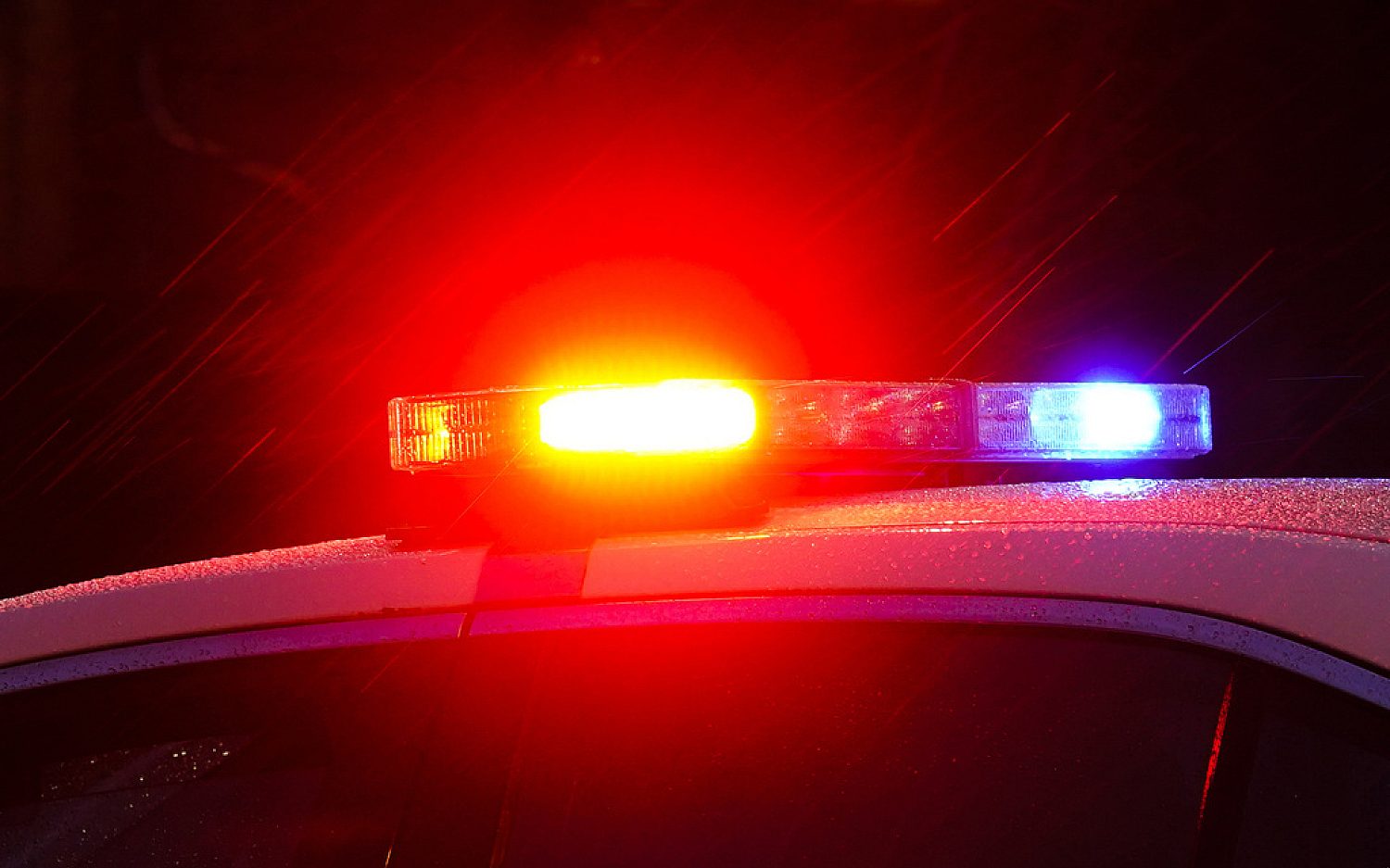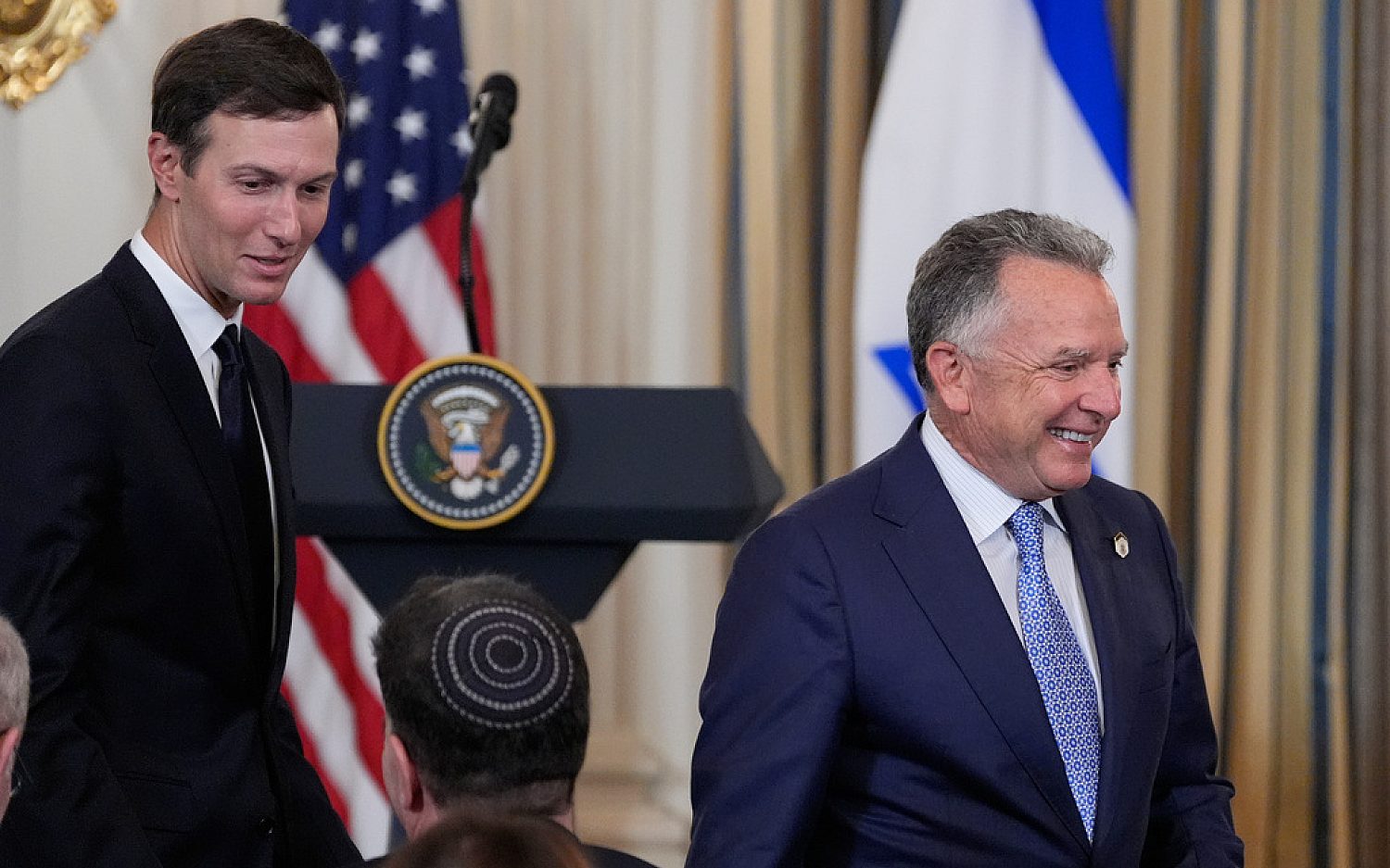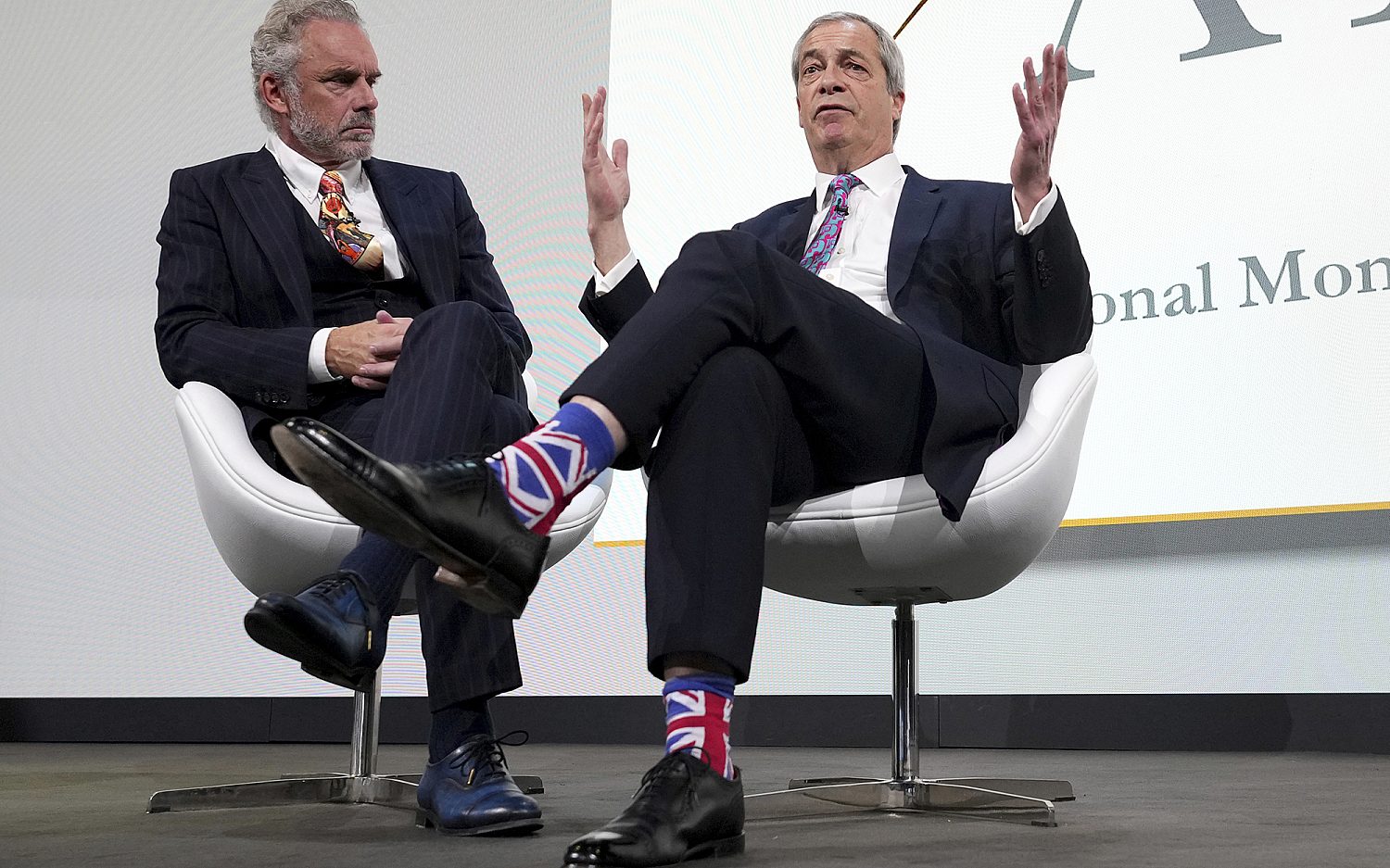Controversy and confusion over D.C.’s missing teens
Social media users call attention to girls’ plight but misstate facts
Social media users last week helped make #missingdcgirls a trending topic, calling attention to 14 African-American teenagers who went missing in Washington, D.C.. Many celebrities, concerned the girls were victims of sex trafficking, shared their outrage on Twitter. “Don’t label our #missingdcgirls as runaways and not search,” tweeted Bernice King, the youngest daughter of Martin Luther King Jr.
Members of the Congressional Black Caucus called on the FBI to investigate whether there was an increase in cases of missing African-American children in the city.
In the March 21 letter, the lawmakers asked Attorney General Jeff Sessions and FBI Director James Comey to “devote the resources necessary to determine whether these developments are an anomaly or whether they are indicative of an underlying trend that must be addressed.”
“Ten children of color went missing in our nation’s capital in a period of two weeks and at first garnered very little media attention. That’s deeply disturbing,” wrote Rep. Cedric Richmond, D-La., chairman of the Congressional Black Caucus.
Police records show the 14 girls reported missing did not disappear over one 24-hour period, as some social media users stated, and police do not believe their cases are linked in any way. In the first three months of this year, the District of Columbia logged 501 cases of missing juveniles, many of them African-American or Latino. Twenty-two were unsolved as of March 22. Police deny any significant increase in missing children.
“We’ve just been posting them on social media more often,” Metropolitan Police Department spokeswoman Rachel Reid said. While the increased posts created a social media firestorm, officials also believe it helped bring missing kids home.
“We are being far more aggressive with using social media to bring missing persons home, and it’s working well. Ninety-eight percent of people reported missing this year have been found,” Margarita Mikhaylova, a police department spokeswoman told the Daily News.
Since March 19, Washington police have shared 20 missing person flyers on Twitter; 10 were juveniles. As of Friday, six juveniles had been found, and four still were missing. That number changes often. The police department updates the number of missing persons cases daily.
Although the missing children might be runaways, they are still vulnerable to trafficking. A study in Chicago found that 56 percent of prostituted women were runaway youth, most of whom were approached by a trafficker within 48 hours of leaving home.
The increased social media attention and subsequent public alarm prompted Washington Mayor Muriel Bowser to announce Friday the city would dedicate more police resources to locating missing children and add a new task force to find social services for runaway teenagers. The district’s police department won’t shy away from social media anytime soon. Officials plan to create a new Twitter handle specifically publicizing missing persons.
An actual newsletter worth subscribing to instead of just a collection of links. —Adam
Sign up to receive The Sift email newsletter each weekday morning for the latest headlines from WORLD’s breaking news team.




Please wait while we load the latest comments...
Comments
Please register, subscribe, or log in to comment on this article.